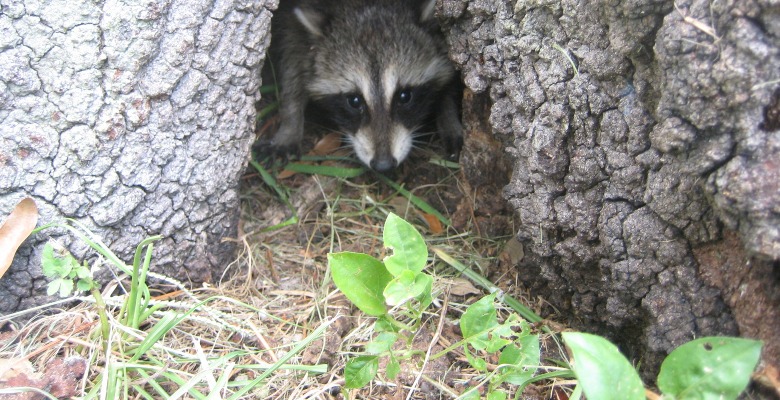
by admin | May 27, 2020 | Raccoons
There are many products on the market that claim to be raccoon repellants. Most of these items play off of human sensibilities for marketing, conning consumers into buying products that have no realistic scientific support. In fact, the Federal Trade Commission has...
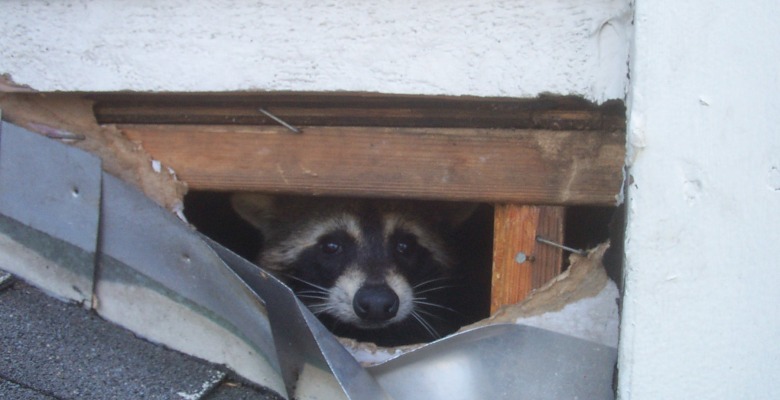
by admin | May 27, 2020 | Raccoons
Appearance: Raccoons are mammals averaging between 10 and 40lbs. They are dog-like in appearance, but have distinctive dark masks of fur around the eyes and dark rings on their bushy tails. Unlike dogs or cats–for which they are commonly mistaken–raccoons...
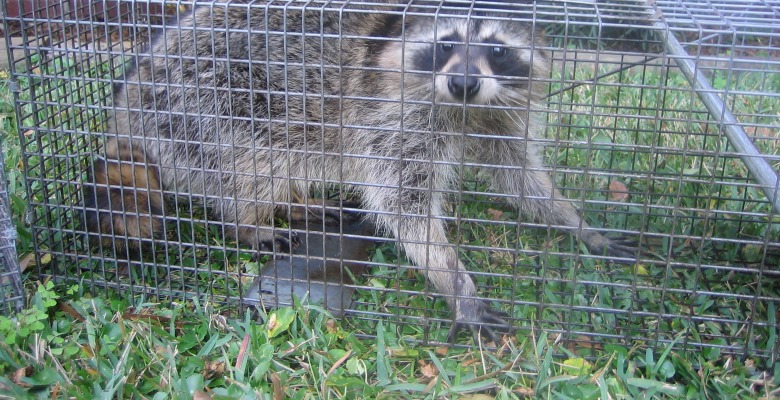
by admin | May 27, 2020 | Raccoons
There are several different trapping methods for raccoons, but it is important to know the local laws in your state before you attempt this process. Many local governments require anyone who traps a raccoon to have a license or equivalent form of permission, sometimes...
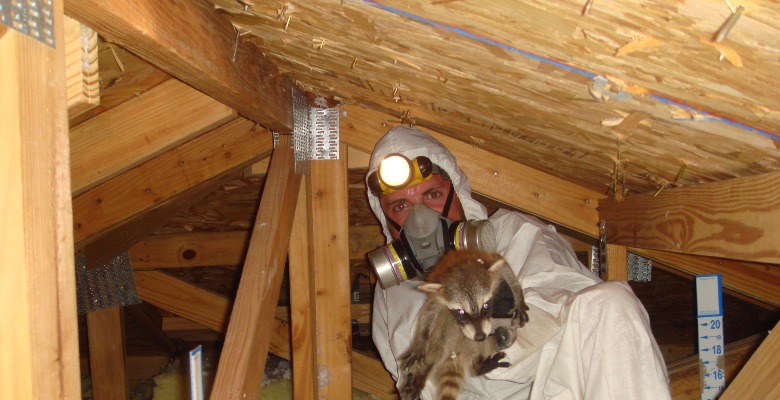
by admin | May 27, 2020 | Raccoons
There are two places in a home raccoons like to make their den areas: chimneys and attics. Attics offer space for a raccoon to move around in without human interaction, and they also provide a warm, dry place where other animals and predators can’t approach. The...
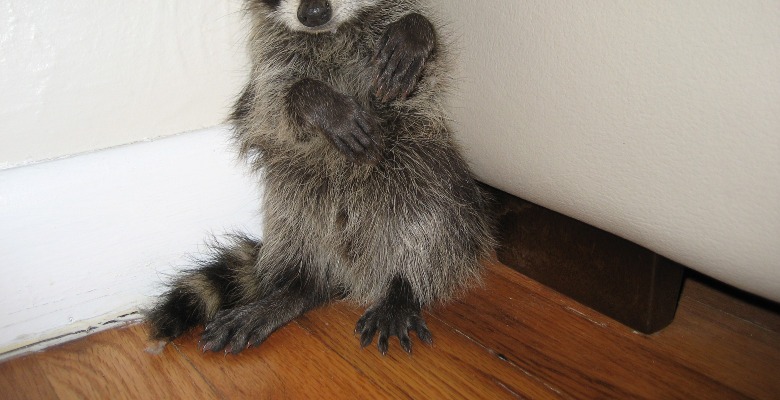
by admin | May 27, 2020 | Raccoons
When it comes to nuisance wildlife, there are very few situations where killing is the easiest or ideal solution. This is true even when dealing with raccoons. Many times, cleaning up a property and trapping/removal are more than enough to handle a raccoon issue, and...
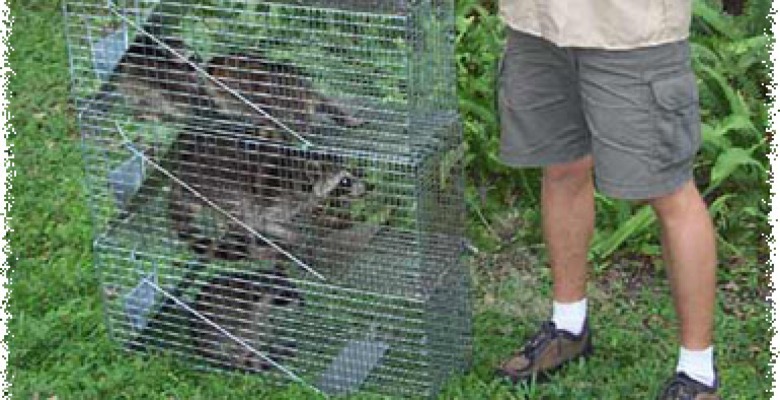
by admin | May 27, 2020 | Raccoons
The first step in nuisance wildlife control is prevention. If you can prevent a raccoon from investigating your home or property, you will never have to worry about having to trap and remove that animal and its young. Prevention sounds simple, but based on where you...







